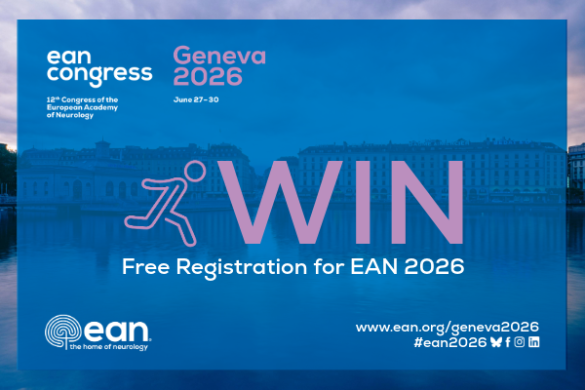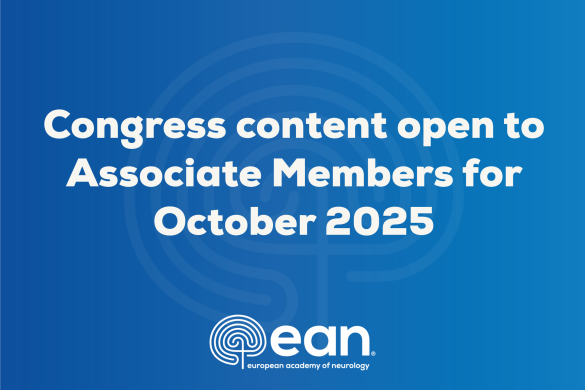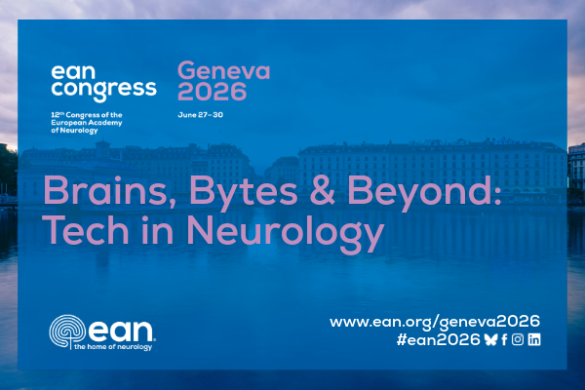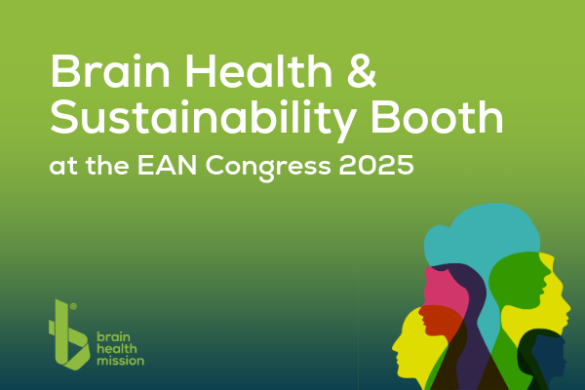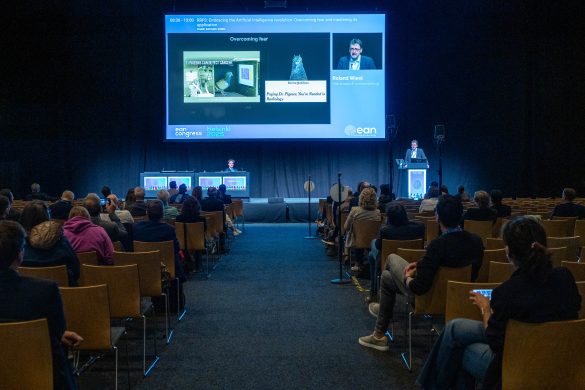Standardized terminology improves EEG diagnostics
By Harald Aurlien
A common and well-defined language/ontology is needed to consistently build and communicate new knowledge. The EEG literature has for many years been confounded by different classification systems hampering progress in the field. Standardized Computer-based Organized Reporting of EEG (SCORE) and the American Clinical Neurophysiology Society’s standardized critical care EEG terminology have established a platform facilitating progress in EEG diagnostics.
The workshop “Electroencephalography (EEG) in the Intensive Care Unit (ICU)” focused on the standardized critical care EEG terminology and the benefits of its use in the evaluation of status epilepticus and cerebral anoxia.
Non-convulsive status epilepticus (NCSE) can only be exactly diagnosed with the aid of EEG. In 2013 an expert panel suggested the so called “Salzburg Criteria for NCSE”. They have been validated on two retrospective cohorts. The diagnostic value is high, and the diagnostic accuracy is around 90 percent. The implementation of the Salzburg Criteria of non-convulsive status epilepticus led to an enormous improvement in diagnosis and prompt treatment where needed. The classes of non-convulsive status epilepticus have a different prognostic implication based on the degree of impairment of consciousness.
EEG is recommended in guidelines after cardiac arrest to detect seizure activity and for prognostication in combination with other prognostic tools. Using a standardized EEG terminology is important to improve interrater agreement, meta-analyses and clinical application of study results. EEG activity changes over time after cardiac arrest. Early recovery of a continuous background activity strongly predicts good outcome. Early ominous patterns such as strictly defined identical bursts strongly predicts poor outcome during ongoing hypothermia. Late highly malignant patterns (suppression, burst-suppression or periodic discharges over a suppressed background) strongly predicts poor outcome after rewarming and reduction of sedation.





